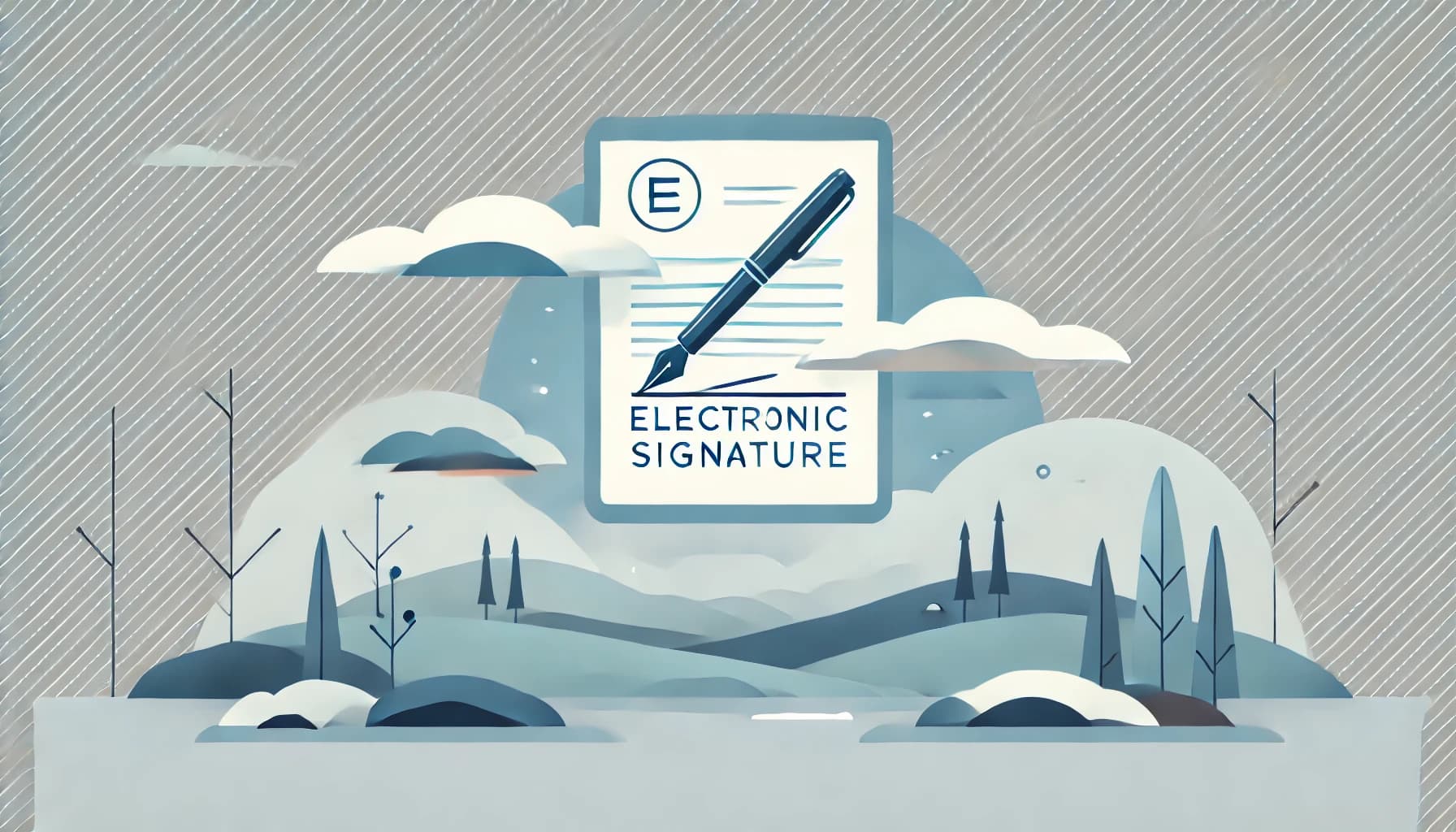TL;DR
In the pharmaceutical industry, understanding the distinction between electronic signatures and event attribution in an audit trail is crucial for compliance and security, especially under FDA’s 21 CFR Part 11. Electronic signatures require immediate user authentication for each signing event, ensuring higher security. Event attribution logs actions performed by users during authenticated sessions without additional authentication, which may pose security risks if sessions remain active on unattended devices.
Introduction
In the pharmaceutical industry, distinguishing between electronic signatures and event attribution in an audit trail is essential for compliance and security, particularly under FDA's 21 CFR Part 11.
Electronic Signatures
Definition: An electronic signature is a legally binding signature that requires user authentication.
Compliance: According to FDA’s 21 CFR Part 11, an electronic signature must involve at least password authentication to ensure the signer's identity.
Security: This process prevents unauthorized signing. For example, if you leave your laptop unlocked, someone else cannot sign on your behalf without re-entering your password.
Workflow:
- User Authentication: The user is prompted to enter their password.
- Signature Execution: The system verifies the password and records the electronic signature.
- Record Keeping: The electronic signature record must contain the printed name of the signer, the date and time of signature execution, and the meaning (e.g., review, approval).
Event Attribution in an Audit Trail
Definition: Attributing an event to a person in an audit trail means recording actions performed by users, typically automatically logged by the system.
Difference: This does not require real-time user authentication for each event. It relies on previously authenticated sessions.
Example: If a user is logged into a system, actions taken during that session are attributed to that user without additional password prompts.
Risk: If a session remains active on an unlocked device, another person could perform actions that are inaccurately attributed to the logged-in user.
Key Differences
- Authentication: Electronic signatures require immediate user authentication (at least a password) for each signing event.
- Security: Electronic signatures provide higher security by preventing unauthorized signing if a device is left unlocked.
Conclusion
Understanding the key differences between electronic signatures and event attribution is crucial for compliance and security in the pharmaceutical industry. Implementing proper authentication measures and managing user sessions effectively can help organizations meet FDA’s 21 CFR Part 11 requirements and protect against unauthorized actions.

Practical Guide to 21 CFR Part 11
Your Essential Handbook for Navigating 21 CFR Part 11
“An invaluable resource for anyone working with computerised systems in pharma.”
Conor
Quality Assurance
Available on Amazon

